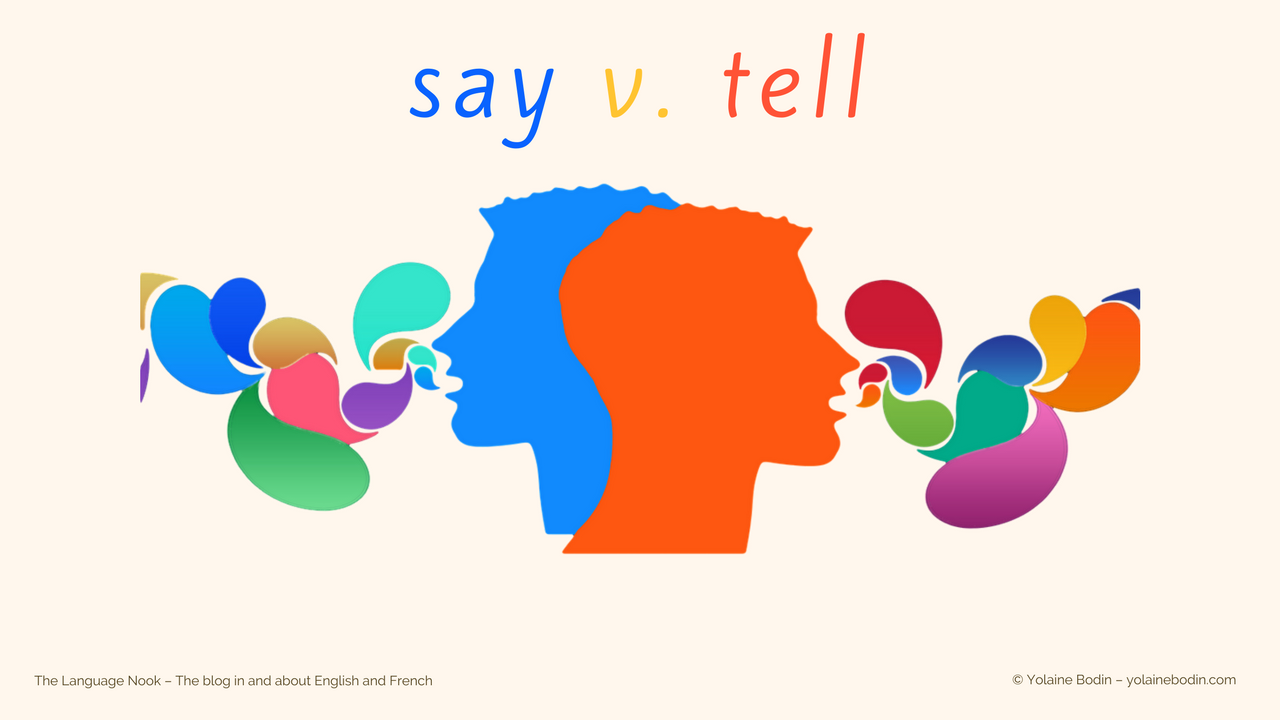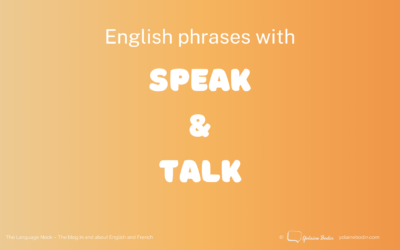If you are learning English, you may find that it is difficult to choose between say and tell. Indeed, for many learners of English, these two verbs are easily confused, especially because they have similar meanings.
Both verbs say and tell mean “to express with words”.
So what is the difference?
The difference between say and tell is mainly in the way the verbs are used, more specifically in the sentence construction you need for each verb. Look at and compare these examples:
- He said (that) he likes tea.
- He told me (that) he likes tea.
The verb to tell is always used with a pronoun because you tell someone something:
- I’m telling you something.
- You always tell me that.
- She told you where she was.
- We will tell them what to do.
- They didn’t tell us where to go.
The verb to say is mostly used without a pronoun. Sometimes it can be used with a pronoun but then you need to add “to” in front of the pronoun:
- I’m saying something (to you).
- You always say that (to me).
- She said where she was.
- We will say what to do.
- They didn’t say where to go.
Some set phrases are used with the verb to tell:
- To tell a lie
- To tell the truth
- To tell the difference
- To tell a story
- To tell the future
- To tell the time
Finally, here are examples of common sentences using the verb to say:
- Say something!
- What can I say?
- Let’s say that it’s OK.
- What did you say?
- I said “Hello” when I saw them.
There you are! You now know the difference between say and tell. Congratulations! 🙂
You can read this article if you also need to understand the difference between the verbs speak and talk





0 Comments